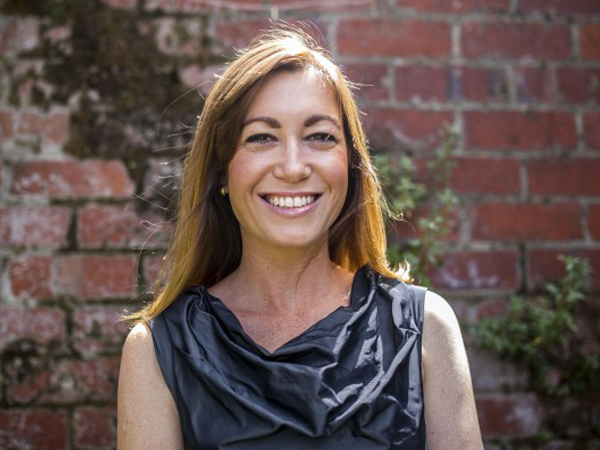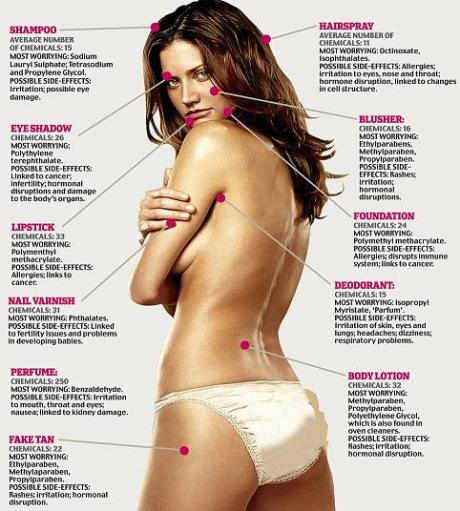Professional Beauty guest contributor Belinda Hughes says it’s time to weed out what she calls cosmetic ‘green washing’ – an misleading labelling practice aimed at duping consumers into buying inorganic beauty products.

Veteran beauty therapist, founder of beauty and wellness blog, Natural Beauty Expert, and Professional Beauty guest contributor Belinda Hughes dishes the dirt on the dodgy marketing practice around so-called ‘natural’ products…
Part of my mission as ‘the natural beauty expert’ is to weed out green washing. Meaning, shining the light on those brands and producers who have jumped on the ‘natural’ or ‘organic’ bandwagon in their marketing without actually providing the goods.
Unfortunately this tricks consumers into buying into something that isn’t what it seems. This is not the consumer’s fault; because if you haven’t studied cosmetic chemistry personally, then how would you really know what’s in a product that is heavily branded otherwise?

As therapists however, we have the education and tools to spot when a company is not being truthful about what they are doing. To help you educate your clients, here’s a list of what to look for when shopping for natural cosmetics.
Australian made
You’d think ‘Australian made’ would mean, well, Australian made; but companies that are Australian owned are claiming this and then producing off shore in places like China. What does that mean product-wise? Products that are manufactured in Australia are losing deals with large hotel companies due to not being as price competitive because they are producing in Australia, not China.
Chinese production
China has a law that states animal testing must be conducted on all products. Therefore if avoiding animal testing is important to you, you should also avoid anything labelled ‘Made in China’. Several major beauty companies have recently moved their production off shore to China to reduce manufacturing costs, but it hasn’t stopped many from maintaining their claim of being ‘cruelty free’.
‘Natural’ or ‘organic’
At the end of the day these are marketing terms. There are many products that have natural or organic ingredients in various amounts, but may also include ingredients made from petro chemicals, so watch out. You can avoid being duped here by looking out for the following:
PRC A code that clarifies where a product has been made. This one stands for ‘People’s Republic of China’.
Parfum Refers to a product’s fragrance, which may or may not contain chemical compounds. Never assume its just essential oils.
Chemical names If you spot anything in the ingredients list that looks like the name of a chemical, check its origin by looking it up using a helpful shopping app called The Chemical Maze.
Finally, remember, not everything is as it seems. When in doubt, flip over the bottle or packet and scan the ingredients list of a product, and always look at front of packet claims with a hint of cynicism.
This is a guest article by Professional Beauty contributor and founder of naturalbeautyexpert.com.au, Belinda Hughes.
2 thoughts on “Belinda Hughes: ‘Organic’ Mislabelling Needs To Stop”
Leave a Reply
You must be logged in to post a comment.


Great article, Im on a personal/ professional mission to bring this to the attention of the New Zealand public… I teach all of my clients to look at what they are using and no what ingreients to avouid or reduce.
#turnitover
Love it Belinda. We see this happen everyday where skincare companies import from China and relabel and market there items as Made in Australia. Its so frustration. They state Designed and owned in Australia. This does not mean Made in Australia and is very misleading. All I can say is shame and how unprofessional companies that do this. Always happy to give you a list of them Belinda!